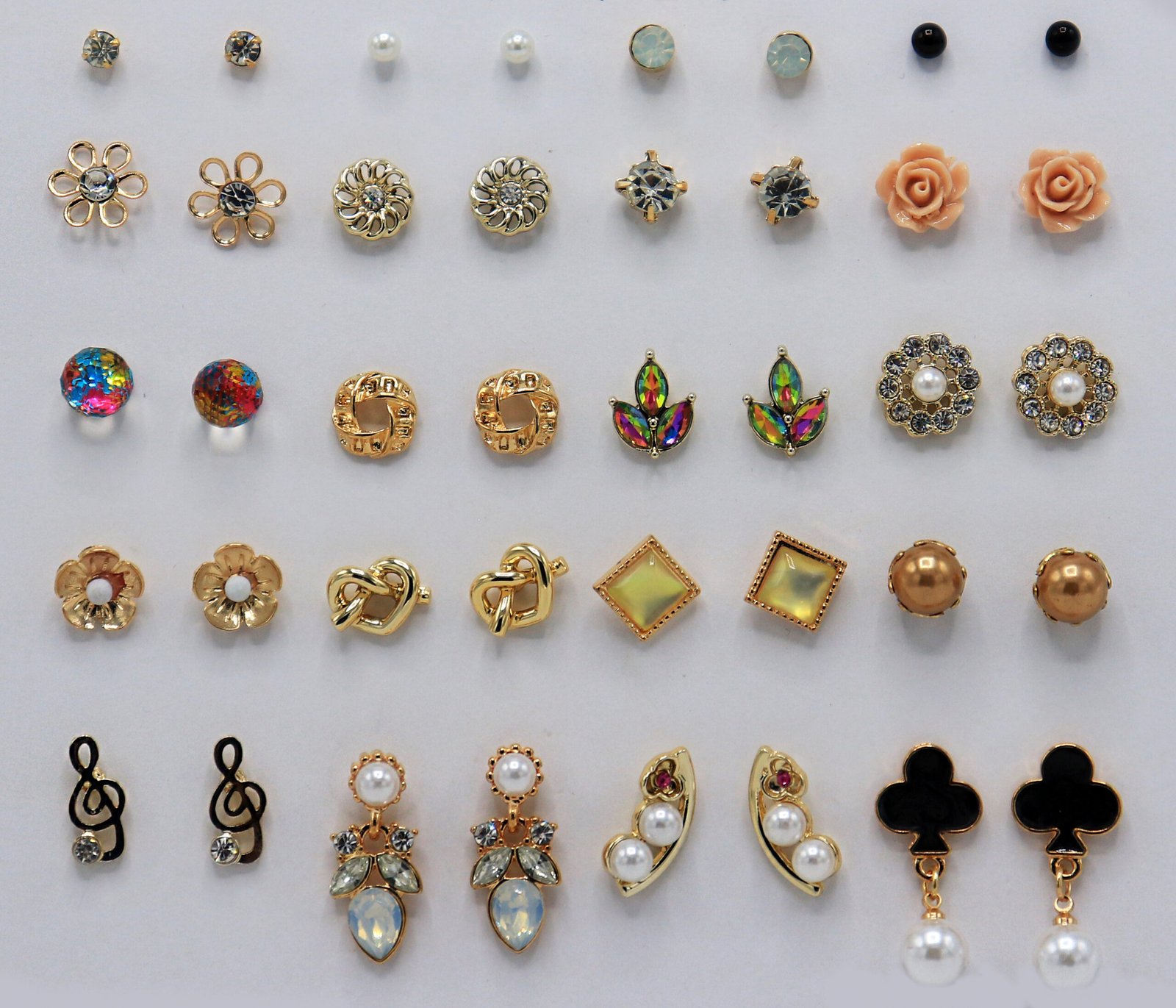Electrical transmission systems are the backbone of modern infrastructure, powering industries, homes, and cities with seamless energy flow. Despite their scale and complexity, these systems rely on small, often overlooked components that ensure safe and reliable power distribution. One such unsung hero in this network is the pin insulator—an essential device that stands between efficient electrical performance and potential disaster.
In fact, the role of a pin insulator goes far beyond just supporting wires. It’s a strategic element engineered to insulate, protect, and stabilize conductors across power lines, particularly in low to medium voltage applications. Its design and material composition make it critical to performance, durability, and safety, and its importance cannot be overstated in ensuring uninterrupted transmission.
What Is a Pin Insulator?
A pin insulator is a type of overhead line insulator mounted on a metal or wooden pin on the cross-arm of transmission poles. Made primarily of porcelain, glass, or composite polymer materials, it’s engineered to:
- Hold the conductor securely in place
- Prevent unwanted flow of current to grounded structures
- Resist environmental impacts like wind, rain, dust, and pollution
- Offer mechanical strength to support line tension
Unlike suspension or strain insulators used in high-voltage settings, pin insulators are specifically designed for voltages up to 33 kV, although some variations stretch slightly beyond. Their compactness and reliability make them ideal for rural and semi-urban distributions.
Design Features and Materials
Pin insulators are shaped with meticulous attention to insulating properties, mechanical strength, and weather resistance. Typical features include:
- Single or multi-part construction: Higher voltage lines may require multi-part insulators for extended creepage distance.
- Umbrella-like sheds or ribs: Designed to increase surface distance and reduce leakage current in rainy or humid conditions.
- Steel pin core: Ensures rigidity and proper mounting.
Materials used in manufacturing include:
- Porcelain: High thermal resistance, robust mechanical strength, and a proven track record in various climates.
- Glass: Superior surface hardness and ease of visual inspection, though more prone to impact damage.
- Composite polymers: Lightweight, hydrophobic, and suitable for polluted environments, though may have lower mechanical strength.
These choices are guided by local climate, budget, and performance requirements.
The Functional Importance of Pin Insulators
Here’s where pin insulators truly prove their value in electrical transmission:
1. Electrical Isolation
Their primary role is to prevent the flow of electric current from conductors to supporting structures, thereby avoiding short circuits, fire risks, and electrocution hazards. Without pin insulators, current would leak into towers or poles, leading to system failures or life-threatening conditions.
2. Load Bearing Support
Pin insulators carry the mechanical load of conductors and withstand environmental stresses—gusty winds, ice loads, bird strikes, and more. They ensure conductors maintain their sag and alignment even under strain.
3. Environmental Resistance
Outdoor transmission lines face harsh elements—rain, storms, dust, salt-laden air, and industrial pollution. Pin insulators resist degradation and maintain performance, preventing line outages and costly maintenance.
4. Cost Efficiency
Compared to other types of insulators, pin insulators offer a cost-effective solution for areas with modest voltage needs. They’re easy to install, require minimal hardware, and support quick visual inspection without high-end equipment.
Applications Across Transmission Networks
Pin insulators are found in several key areas of electrical infrastructure, including:
- Rural and semi-urban distribution lines
- Pole-mounted transformers and switchgear systems
- Railway electrification
- Telecom transmission lines where similar insulation is needed
They’re most commonly used in lines up to 11 kV or 33 kV, beyond which suspension insulators become more suitable.
Failure Modes and How They’re Managed
Like any electrical component, pin insulators can fail if not properly managed. Common failure causes include:
- Cracking due to thermal expansion and mechanical shocks
- Pollution and moisture leading to surface tracking and flashover
- Corrosion of metal parts compromising structural integrity
To prevent failure:
- Routine visual inspections detect cracks and contamination.
- Hydrophobic coatings or silicone grease reduce moisture accumulation.
- Proper selection of creepage distance and shed design mitigates leakage risk.
Maintenance teams often rely on infrared thermography, drone surveys, and ultrasonic inspection for large-scale assessments.
Innovations in Pin Insulator Technology
With growing demands on power networks, pin insulators are evolving too:
- Polymer composite materials with anti-aging and hydrophobic properties reduce cleaning cycles.
- Smart insulators embedded with sensors can monitor temperature, stress, and leakage currents.
- Improved shed geometry increases flashover resistance even in polluted zones.
Research is also underway to blend ceramic and polymer characteristics, combining strength with environmental resilience.
Choosing the Right Pin Insulator
Selection depends on several factors:
- Voltage Rating: Determines number of parts and creepage distance needed.
- Environmental Conditions: High humidity or industrial pollution requires larger sheds or polymer types.
- Mechanical Loads: Heavier conductors or windy regions need higher tensile strength.
- Cost and Installation Constraints: Simpler, single-part insulators are cost-effective for low-load zones.
Manufacturers provide data sheets with dimensions, voltage tolerance, and test results to aid decision-making.
Final Thoughts
In the intricate dance of electrical transmission, pin insulators play a vital, stabilizing role. Their simplicity belies their significance—not only do they support conductors, but they also protect the system from current leakage, mechanical strain, and environmental hazards.
As power networks evolve with renewable sources, smart grids, and expanding rural electrification, the reliability of basic components like the pin insulator remains foundational. Whether you’re designing a new transmission line or upgrading existing infrastructure, paying attention to these key players can make all the difference between smooth power delivery and avoidable outages.
When it comes to resilience and safety, pin insulators aren’t just accessories—they’re guardians of the grid.



